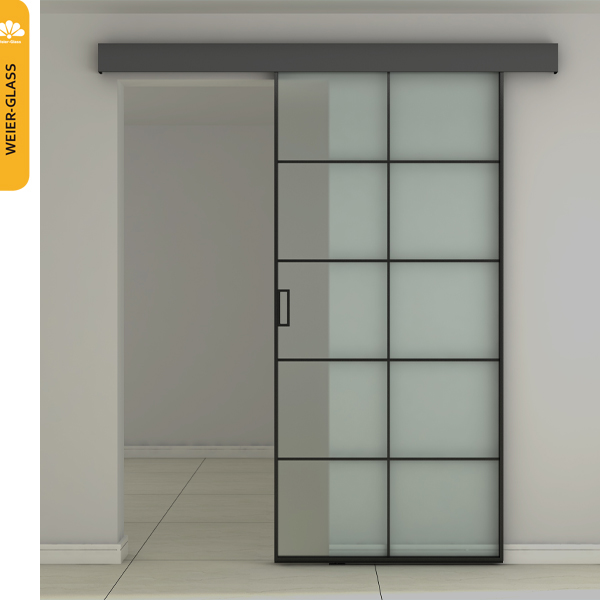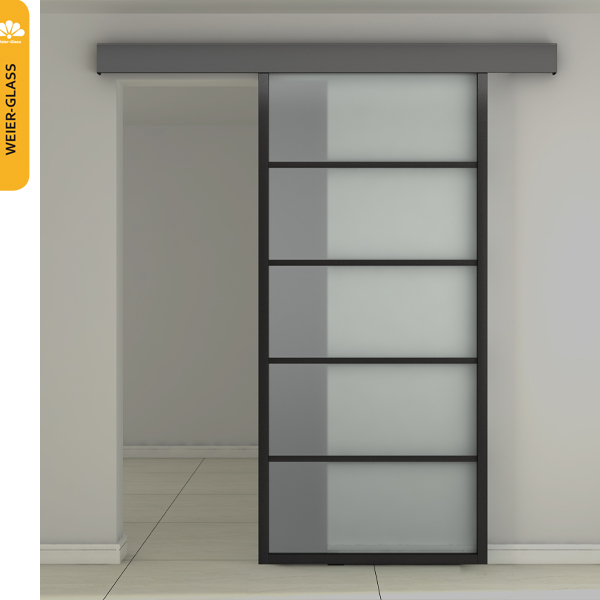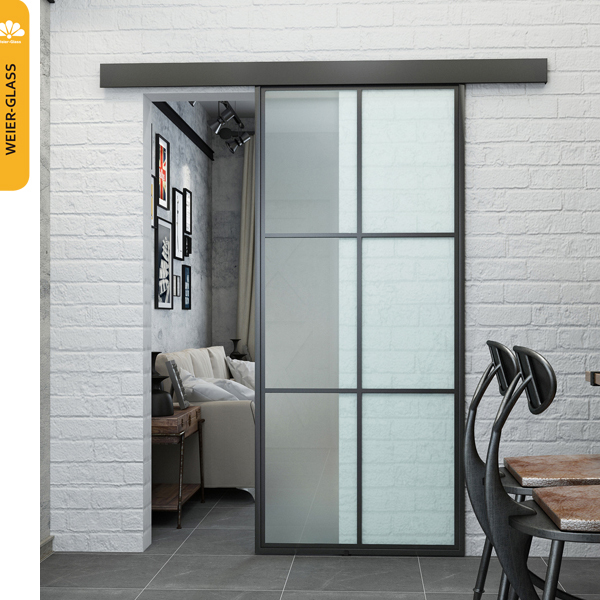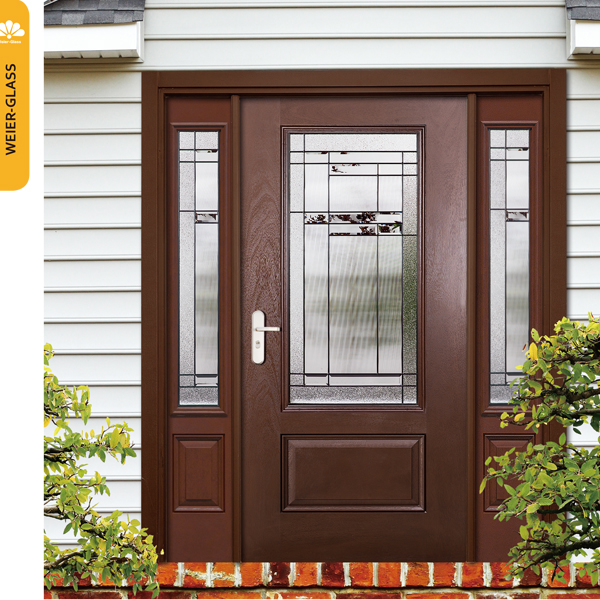News Center
Mail Box:info@weier-glass.com
Contact phone: 0512-52569644
Address: Changshu City,Hai Yuzhen Fu Shan Xiao Qiaocun(10)white eggs Jing shore NO. 126
Contact phone: 0512-52569644
Address: Changshu City,Hai Yuzhen Fu Shan Xiao Qiaocun(10)white eggs Jing shore NO. 126
Hot Line
What is the safety of embedded glass
The safety of embedded glass is a comprehensive consideration, which not only has certain safety advantages, but also has some safety hazards that need to be noted. The specific analysis is as follows:Sources:www.bailyn.cn | PublishDate:2025.02.05
1. Safety advantages
High intensity
Structural strengthening: Inlaid glass is usually embedded in metal, wood, or other frames, which provide certain support and fixation for the glass. When the glass is subjected to certain external impacts, it can disperse the force through the frame, making it less likely to break compared to standalone glass.
Choose high-strength glass: Many times, tempered glass and other high-strength glass materials are used for embedded glass. Taking car windshields as an example, laminated tempered glass is generally used, which is made by sandwiching one or more layers of PVB film between two or more layers of glass and bonding them under high temperature and high pressure. This structure gives it high impact resistance and the ability to withstand large external forces. Even if the glass breaks, the fragments will be stuck by the PVB film, preventing splashing and injuring people, greatly improving safety.
Good stability
Stable installation method: When installing embedded glass, specialized installation accessories and processes such as sealant, pressure strips, etc. are used to tightly connect the glass to the frame and firmly bond the entire embedded structure with the installation substrate (such as walls, door and window frames, etc.). For example, in building doors and windows with embedded glass, this stable installation method can ensure that the glass will not easily loosen or fall off during daily use.
Strong deformation resistance: The frame and overall structure of the embedded glass can limit the deformation of the glass. Under different environmental conditions, such as temperature changes, wind pressure, etc., it can better maintain its original shape compared to single piece glass, reducing the risk of rupture caused by excessive deformation.
2. Safety hazards and countermeasures
Risk of glass breakage
There is a possibility of self explosion: even high-strength tempered glass has a certain self explosion rate. This is due to the presence of small impurities and uneven stress factors inside the glass, which may suddenly self destruct in the absence of significant external forces. To reduce this risk, safety protection measures can be added to the glass during design, such as applying safety explosion-proof film on the glass surface. Even if the glass breaks, the fragments can stick together to prevent splashing and injury.
Fracture due to external impact: When the embedded glass is subjected to significant external impact, such as being hit by an object or extreme weather conditions such as strong winds, it may still break. In places that are prone to impact, such as windows near roads, glass curtain walls in sports venues, etc., higher strength glass can be used or protective facilities can be added, such as installing guardrails, protective nets, etc.
Installation quality issues
Poor sealing: Improper use of sealant or loose installation of pressure strips during the installation of embedded glass can result in gaps between the glass and the frame. This not only affects the sound and heat insulation effects, but may also make the glass more prone to shaking when subjected to external forces, increasing the risk of breakage. Therefore, during the installation process, it is necessary to strictly follow the construction specifications to ensure that the sealant is uniform and full, and the pressure strip is firmly installed.
Loose fixation: If the connection between the frame and the installation base is not firm, such as loose screws or unstable wall fixing points, it may cause the entire embedded glass structure to loosen or even fall off. Before installation, the installation substrate should be inspected and reinforced, suitable fixing accessories should be selected, and the installation should be firm. After installation, strict quality inspection is also required.
Prev:
None





